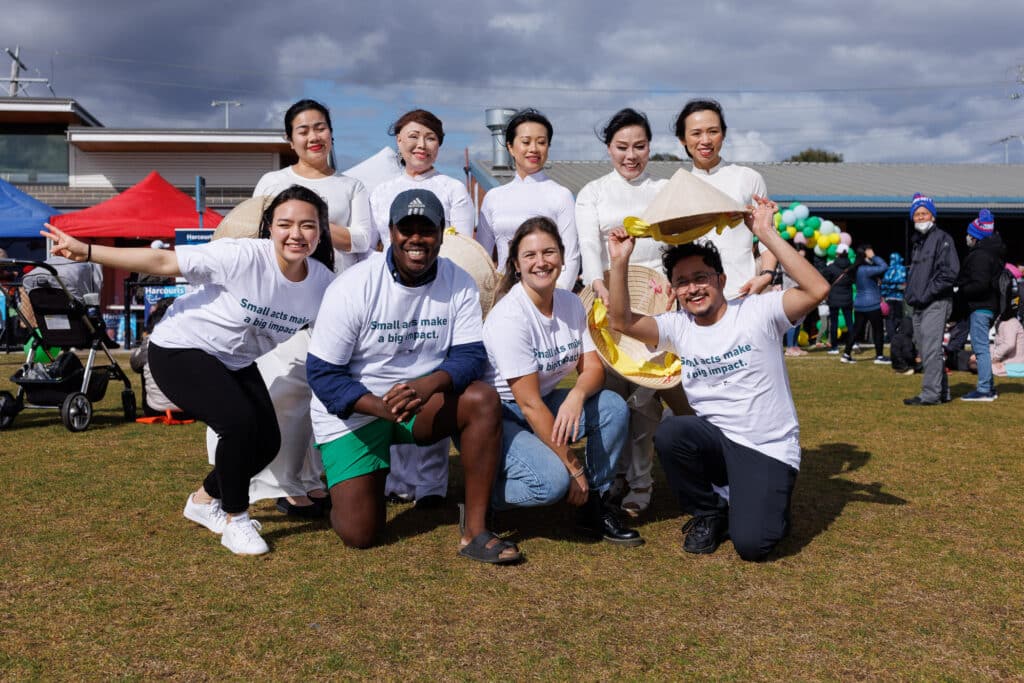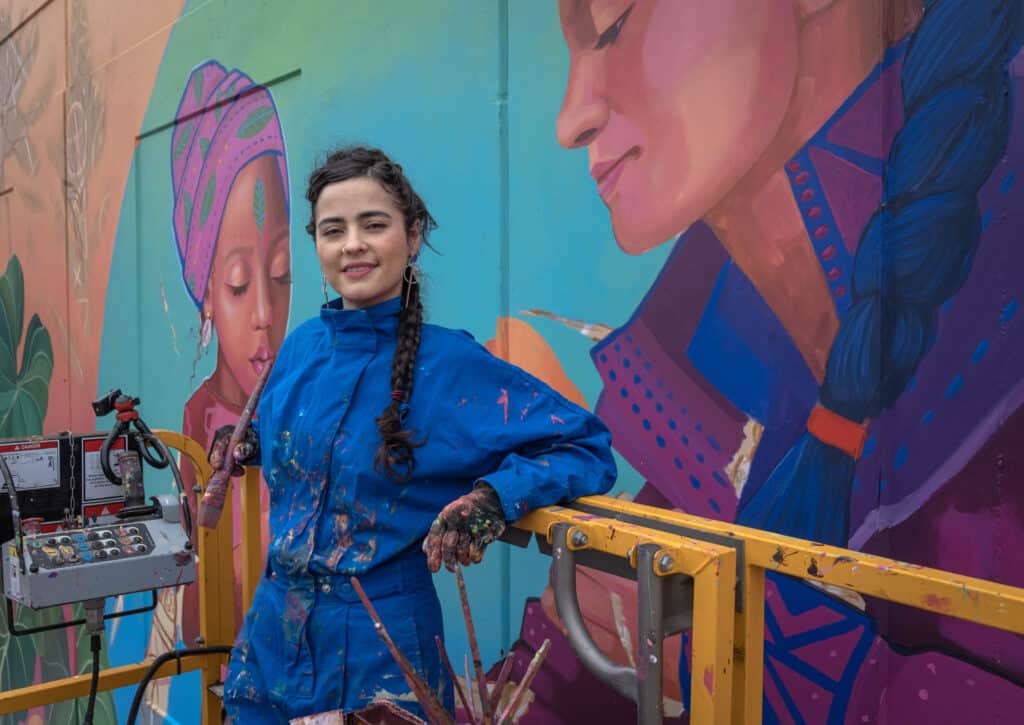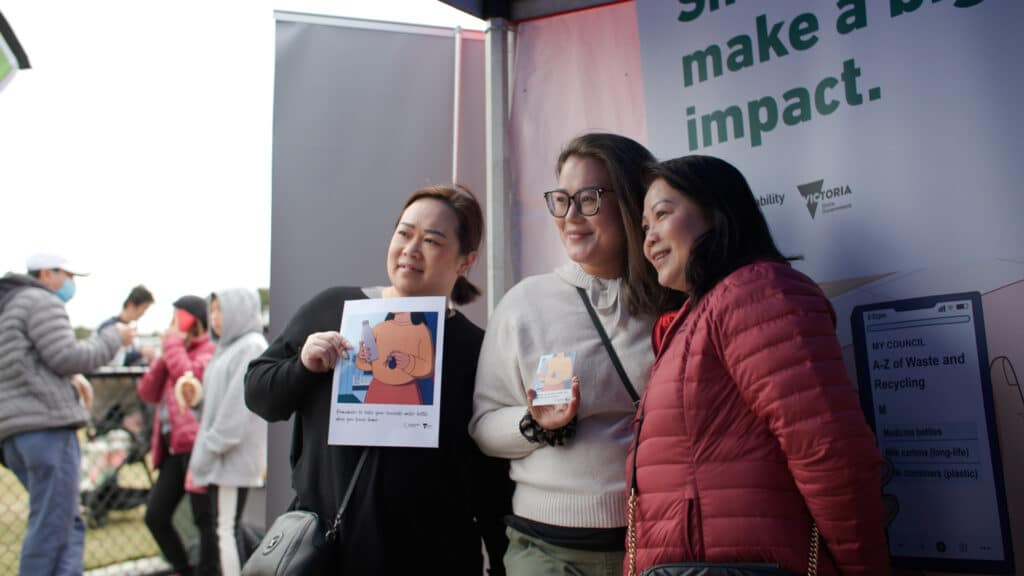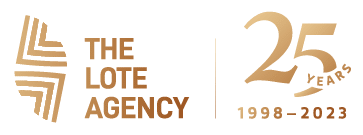
Engaging diverse communities helps us live more sustainably
Australia is a culturally and linguistically diverse nation, with a rich mix of backgrounds and traditions that contribute to our unique identity. However, when it comes to addressing sustainability challenges, this diversity can present a significant obstacle. Engaging culturally and linguistically diverse communities is crucial for us to live more sustainably as a society. It requires a deep understanding of the different cultures and languages, their values, beliefs, and practices, and how they intersect with sustainability issues. In this blog post, we will explore the importance of engaging with these communities, the challenges and opportunities involved, and some practical strategies to ensure that sustainability efforts are inclusive and effective. By embracing diversity and working together, we can build a more resilient and sustainable future for all Australians.
Sustainability Victoria Campaign
One example in this space is our recent project with Sustainability Victoria on communicating the proper ways to recycle and dispose of waste accurately. Through our own research, we could identify how particular CALD communities prefer to receive this kind of communication, whether from local community leaders, their children, and so on. An interesting point that came out of the research was that CALD millennials were found to be a key target group, as they represent an integral part of the communication process within their families and communities. CALD millennials act as a contact point within their communities to help spread and transmit to older generations cultural knowledge which is foreign to them. As CALD millennials receive and access information through trusted sources, they are able to explain this new information and pass it to their community in a way that makes sense to them.

Cultural factors
Apart from identifying key target audiences, it’s equally essential to note the cultural factors and beliefs that have a profound impact on diverse communities in their everyday lives. These include religion, cultural significance and values, cultural taboos, relationships and roles within the community, etc. that have a direct influence over their sustainable behaviour and attitudes towards recycling and disposing waste accurately. This information informs the campaign approach. For instance, a recent activation for a Sustainability Victoria campaign that we initiated involved collaborating with local artists to create murals in highly diverse areas and having cultural performances to attract CALD communities to act upon our call to recycle and dispose of waste accurately.
Tailored approach
As multicultural communication experts, we tailor our messaging so that we reach and engage our target audience. When communicating with CALD communities, it involves customising our messaging to non-observable cultural decision making perceptions and attitudes. These may include culturally specific approaches to community engagement activities, reaching out to community councils such as the Federation of Ethnic Communities’ Councils of Australia (FECCA) and Ethnic Community Councils of Australia (ECCAs – such as ECCV in Victoria), community leaders, and community organisations. For instance, our work with Sustainability Victoria involved setting up activations in shopping malls that were located in highly diverse community areas, and community events such as Full Moon Festivals, to attract the local community that we would not have otherwise been able to reach and who may not be involved in sustainable recycling habits. Based on these activations, almost all of our attendees felt that visiting our stall was helpful and informative (87%) and, furthermore, it empowered them to commit to a change, with 80% claiming that it would change their behaviour. At these events, Sustainability Victoria had the opportunity to have a conversation with community members, leaning current household recycling behaviours across different communities, so it was a two-way conversation that can be fed into future activities.
Conclusion
In conclusion, incorporating cultural elements into your communication strategies is integral to attracting CALD engagement and more importantly, encouraging sustainable behaviours. Our recent project with Sustainability Victoria highlights the importance of understanding the different cultural factors that impact sustainable behaviour and attitudes towards wasted disposal. By tailoring our messaging and communication strategies to specific target audiences and cultural values, we were able to reach and engage CALD communities effectively. The success of the project shows that inclusive and culturally sensitive approaches can empower communities to adopt sustainable practices and commit to positive change. At the LOTE Agency, a translation company, we are committed to continuing this work and promoting a more resilient and sustainable future for all Australians.

